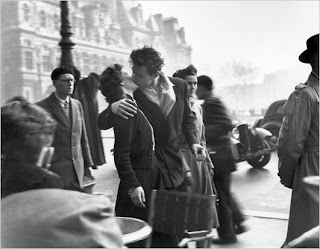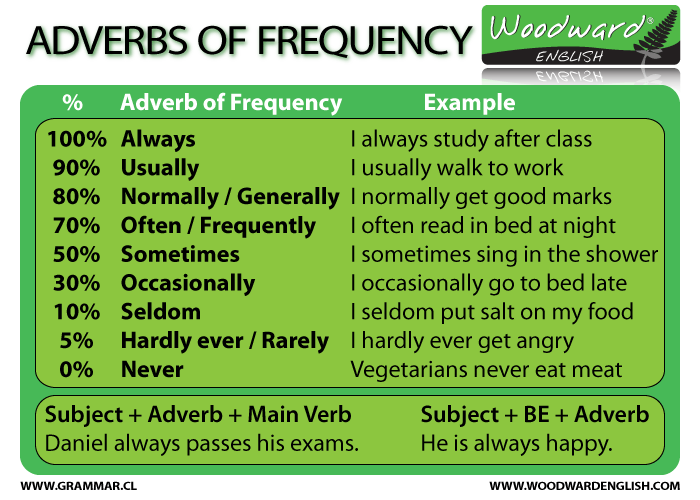http://esol.britishcouncil.org/build-your-speaking-skills/describing-picture-airport
http://www.englishcenter.cz/downloadfiles/145.pdf
http://www.englisch-hilfen.de/en/words/describing_pictures.htm
How to describe pictures in English
Hi everyone!
One of the most typical tasks that you may face when doing an oral exam in English is describing a picture.
How can you do that?there are some “basics” when describing pictures,I´ll show you the most relevant steps below.
- You shoud introduce the picture/topic using expressions such as:
- The photo/ picture shows…
- It was taken by /in….
- It´s a black-and-white/coloured photo
2. Locate the different items in the photo using:
- In the foreground/ background you can see…./there is…
- In the middle/centre there are / I can see….
- At the top/At the bottom there is….
- On the left/ right there is….
- Behind/ In front of… you can see…
- Between…there is….
3. What are they doing? now you describe the people in the picture or you say what is happening now using the present continuous (am/is/are + verb-ing).
You can also use physical descriptions and describe the clothes they are wearing.
4. Personal opinion
You should finish by expressing your personal opinion.You can use the expressions below:
- It seems as if….
- The lady seems to…
- Maybe…
- I think…
- I wonder….
- I like / don´t like the picture because….
- The atmosphere is relaxing/ depressing
Word List on Picture Description
- Information on artist and year of origin
- … (image) is a painting by … (artist), painted in … (year).
- … (image), painted in … (year), is a work by … (artist)
- … (artist) painted … (image) in … (year).
- … (image) is a famous painting by … (artist).
- Describing the scene
- The picture was taken in … (place).
- The photo was taken at … (party).
- The picture shows a scene from …
- It’s an image of … (place, person, scene).
- The picture describes … (scene).
- The picture shows … (place, person, scene) from a distance.
- … (place, person, scene) is shown from … (a bird’s eye view/…).
- You look at … (place, person, scene) from … (above/behind/…).
- What can you see?
- In the picture you can see …
- … (position: on the left/right/…) there is / are …
- … (position: on the left/right/…) you can see …
- … is … (position: on the left/right/…)
- Impression
- … gives the impression of depth.
- … (person) seems to look at the viewer.
- His / Her eyes seem to follow the viewer.
- The figures look as if they exist in three dimensions.
- The viewer has the impression that the people in the picture are alive.
- The viewer’s attention is focused on …
- To the alert eye it will become apparent …
- The viewer finds it difficult to withdraw his eyes from …
- The painting is vivid / happy / expressive.
- The picture makes the viewer feel … (sad/happy)
- The picture inspires the viewer to think about …
- Intention
- The artist mainly uses … (colours/forms/…)
- Important elements are highlighted.
- The artist / photographer / painter uses … to express …
- He / She (probably) wants to criticise / express / show …
- It is obvious that the artist wants to criticise / express / show …
- What the artist / photographer / painter wants to criticise / express / show is …
- What the artist / photographer / painter wants to point out is …
- I think / believe / am sure that …
- It seems / appears to me that …
- The problem illustrated here is …
- … symbolises …
- … is typical of …
- http://www.ego4u.com/en/cram-up/writing/picture-description/vocabulary
Word List on Picture Description
- Kinds of pictures and perspectives
- viewer
- picture, image
- painting
- photograph / photo
- portrait
- landscape painting
- worm’s eye view
- bird’s eye view
- Structure
- foreground
- background
- in the upper part
- in the lower part
- in the left part
- in the right part
- in the central part
- in front of
- behind
- next to …
- on the right
- on the left
- in the middle
- from front
- from behind
- from above
- from below
- the second from left/right
- Others
- artificial light
- daylight
- subdued light
- light colours
- dark colours
- loud colours
- contrasty
- vanishing point
- vanishing line
Now that you know how to do it, describe the picture below:


